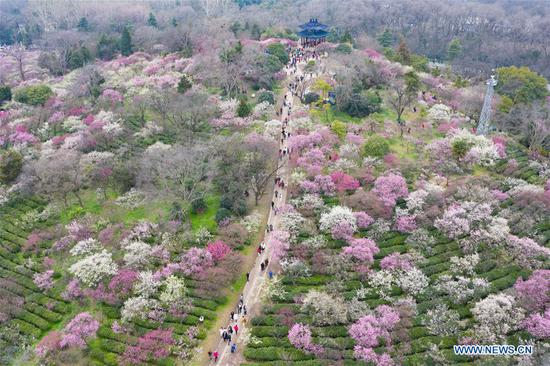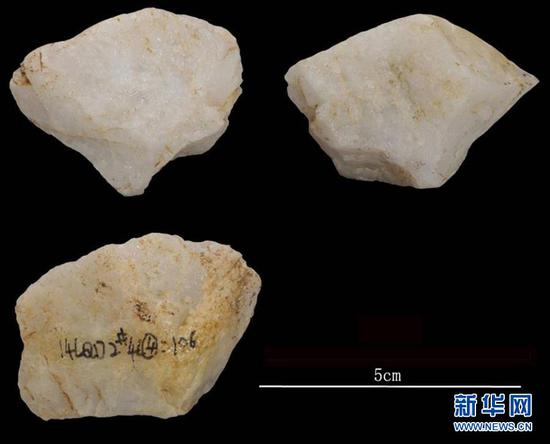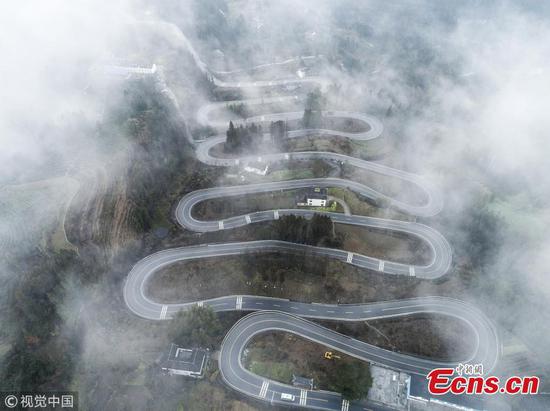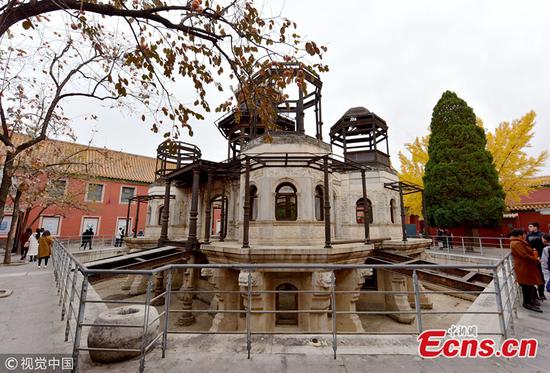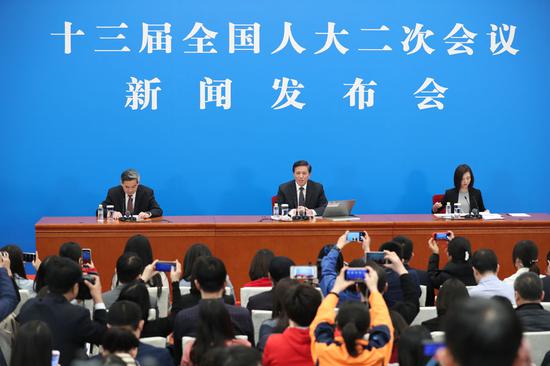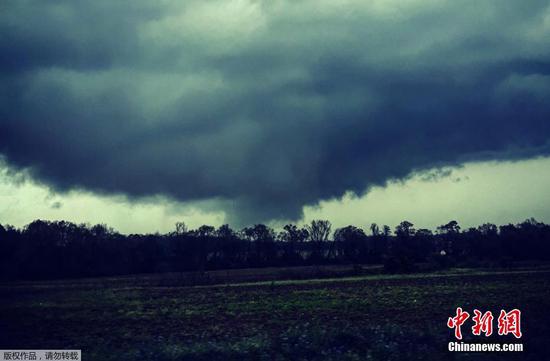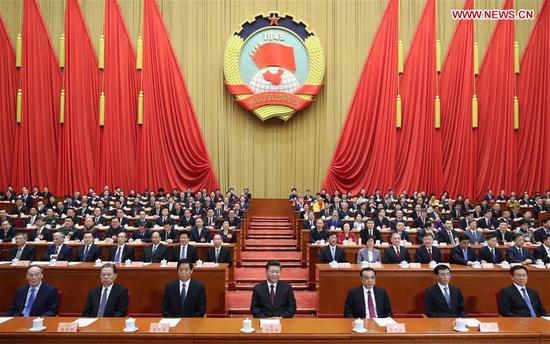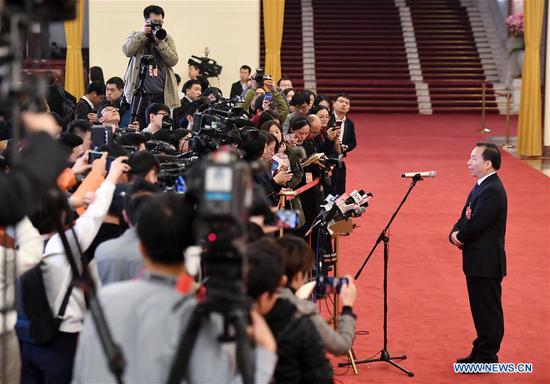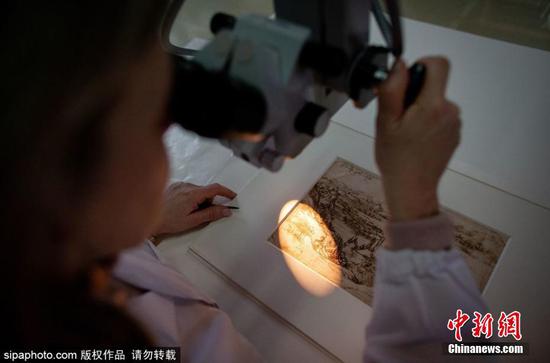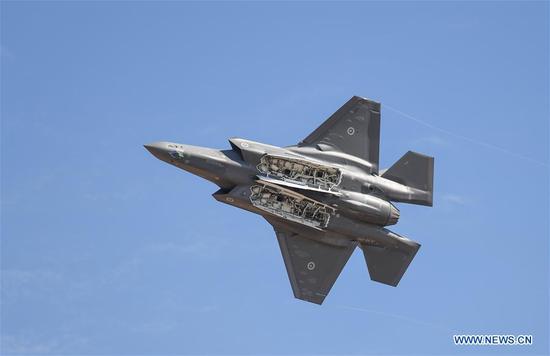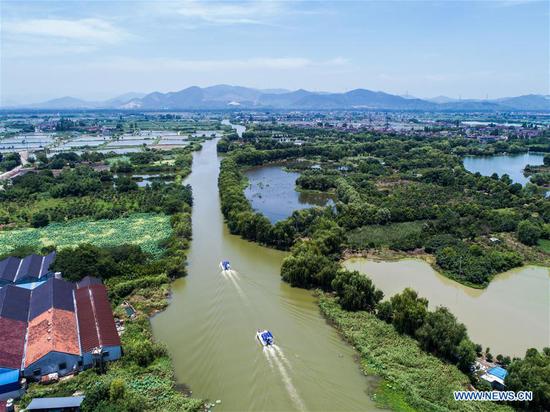Emissions that exceed the environmental capacity is the primary cause of air pollution in north China, experts said on Sunday after two years of hard work.
The coal-based energy structure and the highway-based transportation structure in Beijing, the neighboring port city of Tianjin and Hebei Province have led to a coal consumption per unit area of four times the national average, said Zhang Yuanhang, the deputy director of the national air pollution prevention and treatment center, a center consisting of more than 2,000 scientists and research fellows in environmental science, atmospheric science, meteorological science and industrial governance, established in September 2017, news site chinanews.com reported.
The output of steel, coke, glass and raw materials accounts for more than 40 percent of the country, and 80 percent of bulk materials are transported by diesel trucks, Zhang said.
The monthly emissions of main pollutants such as PM2.5, black carbon and organic carbon in the heating period of autumn and winter is up to four times compared to other seasons in the region.
The rapid accumulation of pollution caused by unfavorable meteorological conditions is another cause of pollution in the Beijing-Tianjin-Hebei region, the report said.
Beijing-Tianjin-Hebei region suffered a new round of smog over the weekend, which is expected to continue until Tuesday, according to China's Ministry of Ecology and Environment.
"The causes of heavy pollution in early March in the region are due to the heating period and renewed industrial activity after the Spring Festival holiday in north China," He Kebin, an academician at the Chinese Academy of Engineering, told the Global Times on Monday.
However, the peak pollution concentration and daily average concentration have dropped by about 20 percent in March, which proves that pollution control measures in recent years have been effective, he said.
"The next step is to reduce the amount of pollutants discharged and carry out an industrial upgrade in the Beijing-Tianjin-Hebei region. It is expected that the air pollution in the area can be solved before 2030 if the government increases its support," Wang Gengchen, a research fellow at the Atmospheric Physics Institute of Chinese Academy of Sciences , told the Global Times on Monday.









